Common Causes of Lower Abdomen Pain In Females
Examining the causes of lower abdominal pain in females
Lower abdominal pain is one of the most common medical complaints among females of all ages. Sometimes referred to as pelvic pain, these aches and cramps generally occur below the belly button and above the pelvic bone. Symptoms can range from a dull ache to sharp pain, depending on the condition causing the discomfort.
There is no single cause of lower abdominal pain in females. In many cases, the cause of this pain isn’t immediately clear. Because of this, chronic pelvic pain can be a frustrating condition to manage. In this article, we will examine some of the most prevalent causes of lower abdominal pain in females as well as some of the treatment options available to reduce symptoms.
Common causes of lower abdomen pain
1) Ovulation
If you have not yet gone through menopause, you may experience cramps and aches in your pelvic region 10-14 days before your period or about halfway through the menstrual cycle. When a person ovulates, the ovaries release an egg and other fluid. As the egg makes its way through the fallopian tubes and into the uterus, the fluid released along with it can irritate the abdominal cavity and pelvis.
This pain is, generally, relatively short-lived. You may experience discomfort on just one side of the abdomen (depending on the ovary that released an egg).
No specific treatment or medical attention is needed for mild-to-moderate pain caused by ovulation. If pain persists for more than a day or so, or becomes severe, you should see a health care provider as soon as possible.
2) Menstruation
Menstruation–the regular discharge of blood and tissue from the uterus through the vagina once a month–is one of the most common causes of pelvic pain in females.
According to the American Congress of Obstetricians and Gynecologists, one-half of all women experience some form of cramping pain for 1-2 days during the menstrual cycle. Menstrual cramps are usually mild and will go away on their own without concentrated medical care.
These symptoms can usually be treated with over-the-counter pain relievers such as ibuprofen (Advil) and naproxen (Aleve) along with a warming pad applied to the affected area. If you experience persistent or severe pain, you should seek medical attention from a health care provider.
3) Urinary tract infection or cystitis
A urinary tract infection is a highly common form of bacterial infection that occurs in any part of the urinary system. The urinary system consists of the kidneys, bladder, ureters and urethra. A UTI occurs when bacteria enter the urinary tract and begin to spread to the bladder and urethra. Cystitis is a type of UTI that occurs when the bladder becomes inflamed. Women are at greater risk for UTIs than men due to their anatomy. The urethra is closer to the anus in women than it is in men. Additionally, the urethra is shorter, allowing faster passage of harmful bacteria from the outside environment into the bladder.
When properly treated, UTIs are easily cured and do not cause complications. If left untreated, however, these infections can lead to a host of problems such as recurrent urinary tract infections, kidney infections and disease, and sepsis–a potentially life-threatening medical emergency.
UTIs are usually treated with a course of antibiotic medication.
4) Pelvic inflammatory disease
Pelvic inflammatory disease (PID) is an infection of the female reproductive organs. It is most commonly caused by harmful bacteria traveling through the reproductive system and infecting the uterus or fallopian tubes.
Common symptoms of PID include abdominal pain, unusual vaginal discharge, unusual vaginal bleeding and pain during sex. PID is usually a complication caused by a sexually transmitted infection, such as chlamydia or gonorrhea, and can cause further complications such as infertility and the scarring of pelvic organs.
This infection is generally treated with a course of antibiotic medication that kills the infecting bacteria. While antibiotics can help treat the infection, they cannot reverse organ scarring. Because of this, it is recommended that you seek medical advice as soon as you notice the signs and symptoms detailed above.
5) Irritable bowel syndrome
Irritable bowel syndrome (IBS) is a common gastrointestinal disorder that affects the large intestine. It is characterized by abdominal pain, bloating, gas, constipation and/or diarrhea.
IBS can be a chronic condition with symptoms lasting weeks to months at a time. The exact cause of IBS is unknown; however, it has been linked to stress and changes in the gut microbiome. In addition, certain foods such as dairy products or high-fat foods may trigger symptoms in some people.
Treatment for irritable bowel syndrome typically includes dietary modifications as well as medications to help manage symptoms.
6) Inflammatory bowel disease
Inflammatory Bowel Disease (IBD) is a group of chronic disorders that cause inflammation in the gastrointestinal tract. IBD primarily includes two conditions: Crohn’s disease and ulcerative colitis.
Both diseases can cause abdominal pain, bloating, diarrhea, weight loss and fatigue. IBD has been linked to risk factors such as genetics, smoking and age. In addition, the use of certain nonsteroidal anti-inflammatory drugs (NSAIDs) can trigger IBD in some people.
Treatment typically involves medications to reduce inflammation as well as lifestyle modifications such as dietary changes or stress management techniques.
7) Endometriosis
Endometriosis is a chronic condition that affects the reproductive system and can cause significant pain, infertility and other complications. It occurs when tissue similar to the lining of the uterus, called the endometrium, grows outside of it in areas such as the ovaries, fallopian tubes or pelvic cavity.
There is no single cause of endometriosis. However, the condition has been linked to retrograde menstruation; a condition in which menstrual blood containing endometrial cells flows back through the fallopian tubes into other parts of the body instead of leaving through the cervix. Other risk factors include genetics, immune system disorders, hormonal imbalances or a low body mass index.
Women with endometriosis may experience symptoms such as severe cramping during their periods, heavy periods, lower abdominal pain and fatigue.
Diagnosing this condition requires careful evaluation by a medical professional who can recommend treatments for managing symptoms and reducing the progression of the disease.
8) Appendicitis
Appendicitis is an inflammation of the appendix, a small pouch-like organ attached to the large intestine. It can occur in people of any age and affects more than 7% of Americans at some point during their lifetime.
The most common symptom of appendicitis is abdominal pain that starts around your belly button and moves to your lower right abdomen. Other symptoms may include nausea, vomiting, fever, chills and loss of appetite.
The exact cause of appendicitis has been linked to blockages in the appendix due to stool or other materials such as parasites or tumors. In addition, infections from bacteria or viruses may also lead to inflammation in this organ.
A diagnosis typically requires a physical exam by a doctor who can recommend treatments such as antibiotics or surgery if necessary.
9) Ovarian cysts
Ovarian cysts are fluid-filled sacs or pockets within or on the surface of an ovary. They can range in size. In most cases, ovarian cysts are harmless and do not cause any symptoms. However, if these growths become too large, they can press into other internal organs, causing pain in the lower right side of the abdomen.
Most ovarian cysts are caused by the menstrual cycle. If left untreated, ovarian cysts can cause the ovary to move and twist (ovarian torsion), resulting in severe pelvic pain and reduced blood flow to the ovary. In addition, the cyst can rupture, causing pain and bleeding inside the pelvic cavity. The larger the cyst gets, the more likely it is to rupture.
Treatment for ovarian cysts typically depends on their type and size; while some may need to be removed surgically, others may resolve on their own without medical intervention.
10) Ectopic pregnancy
An ectopic pregnancy is a serious medical condition that occurs when a fertilized egg implants and grows outside of the uterus. It most commonly occurs in the fallopian tube, but can also occur in other areas such as the cervix, ovaries or abdominal cavity.
Ectopic pregnancies are life-threatening to both mother and fetus due to the risk of internal bleeding caused by the rupture of the affected organ. A history of ectopic pregnancy, inflammation, infections and smoking are all risk factors associated with this condition.
Early symptoms include vaginal bleeding and pelvic pain. You may also feel shoulder pain or the urge to have a bowel movement. The exact symptoms (and location of symptoms) depend on where blood has collected after it leaks from the fallopian tube.
An ultrasound is needed to diagnose an ectopic pregnancy. Once diagnosed, an ectopic pregnancy is treated with medication or surgery. If you are concerned you are experiencing an ectopic pregnancy, seek medical attention right away.
Again, this is not a complete list of possible causes for lower abdomen pain. Other causes of lower abdominal pain may include kidney stones, sexually-transmitted infections (like chlamydia or gonorrhea), or ulcers.
How Sesame Can Help
Some of the conditions listed above require medical care. If you’re experiencing abdominal pain symptoms, book an online doctor appointment to speak to a healthcare provider right away. These convenient and affordable appointments offer the opportunity to discuss your symptoms and concerns from the comfort of your home. If appropriate, providers on Sesame can prescribe medication or give medical advice about the next steps you should take to start feeling better fast.
Related posts
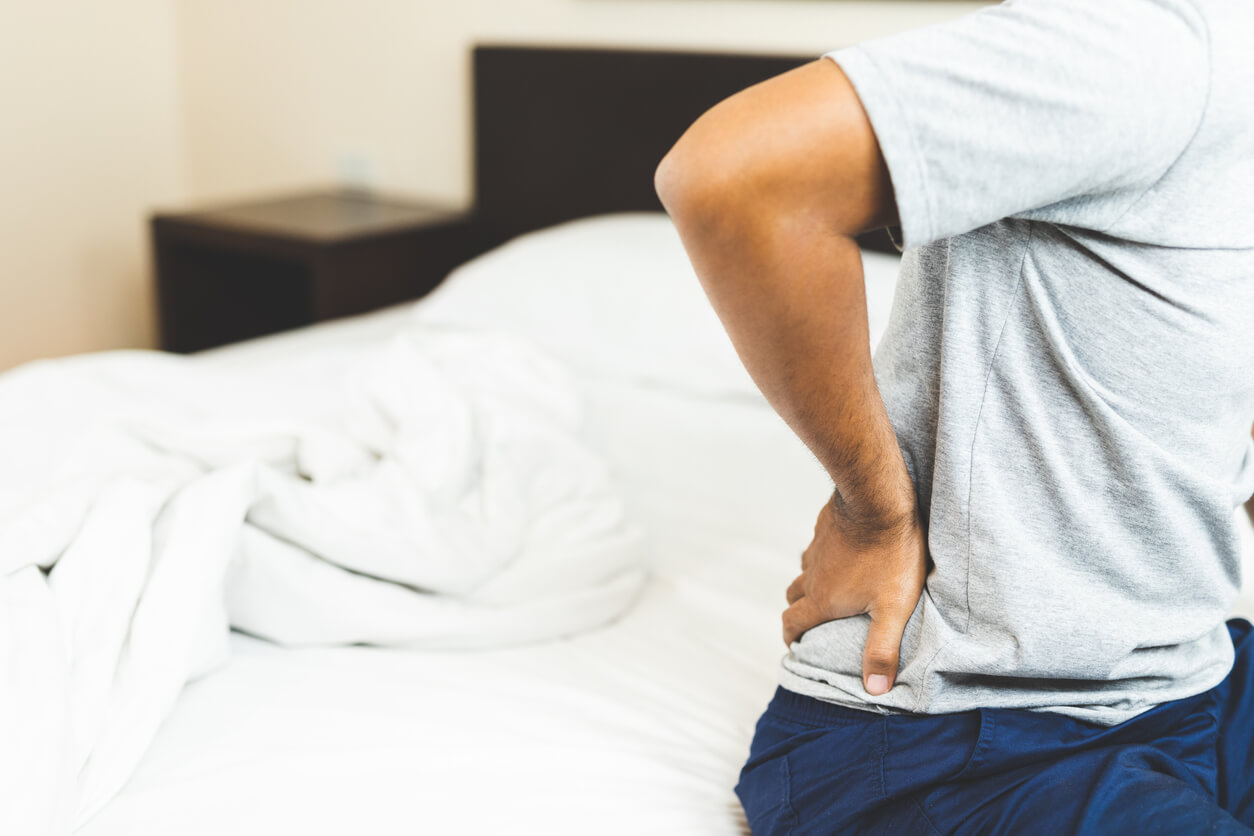
In this blog article, we will detail some of the most common causes of lower right back pain and how to treat the root of the problem.

Learn about the causes and symptoms of lower left side back pain, including issues with internal organs, and explore treatment options. Discover when this pain may indicate an emergency and how to find affordable care from home.
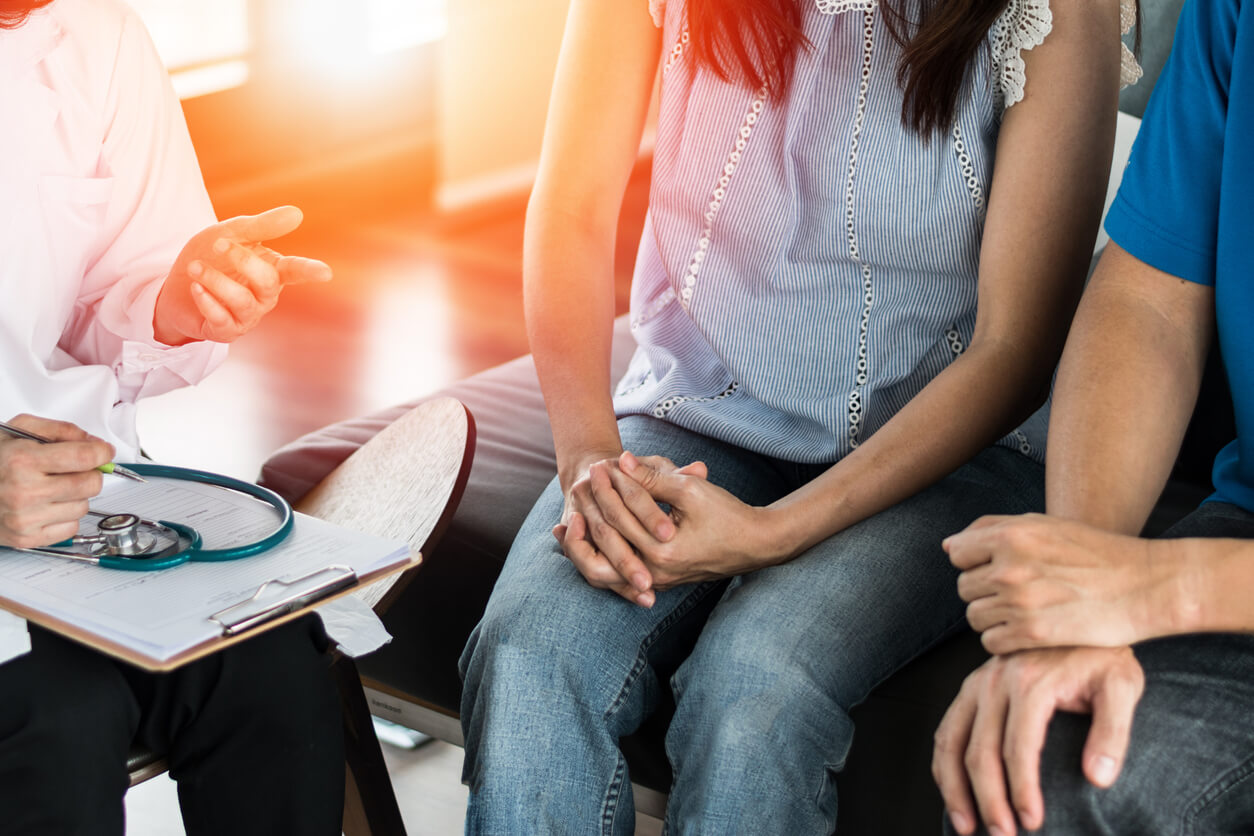
Chlamydia is a common sexually transmitted infection (STI). To treat chlamydia quickly, you need to get tested for prompt treatment. This article will detail some basic facts about chlamydia, including how long it lasts and how to treat it fast.
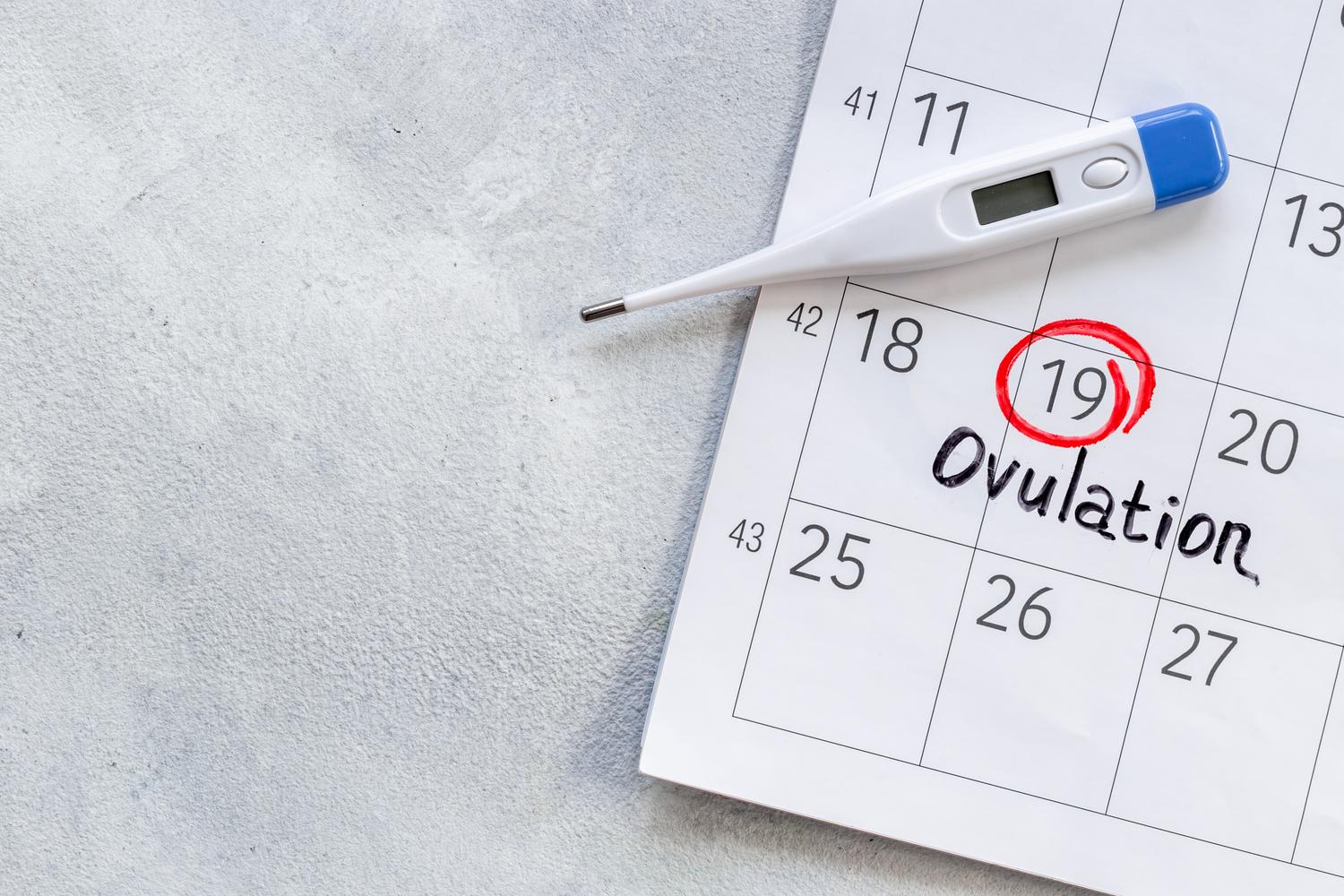
Understanding ovulation and when it happens is key to planning or preventing pregnancy. Read on to learn how you can better estimate your fertile window and time of ovulation.

Acute and chronic back pain can affect patients’ quality of life, mobility, and long-term health. In this blog article, we’ll dive deep into the primary causes of lower back pain, the symptoms it causes, and the standard treatment options available.
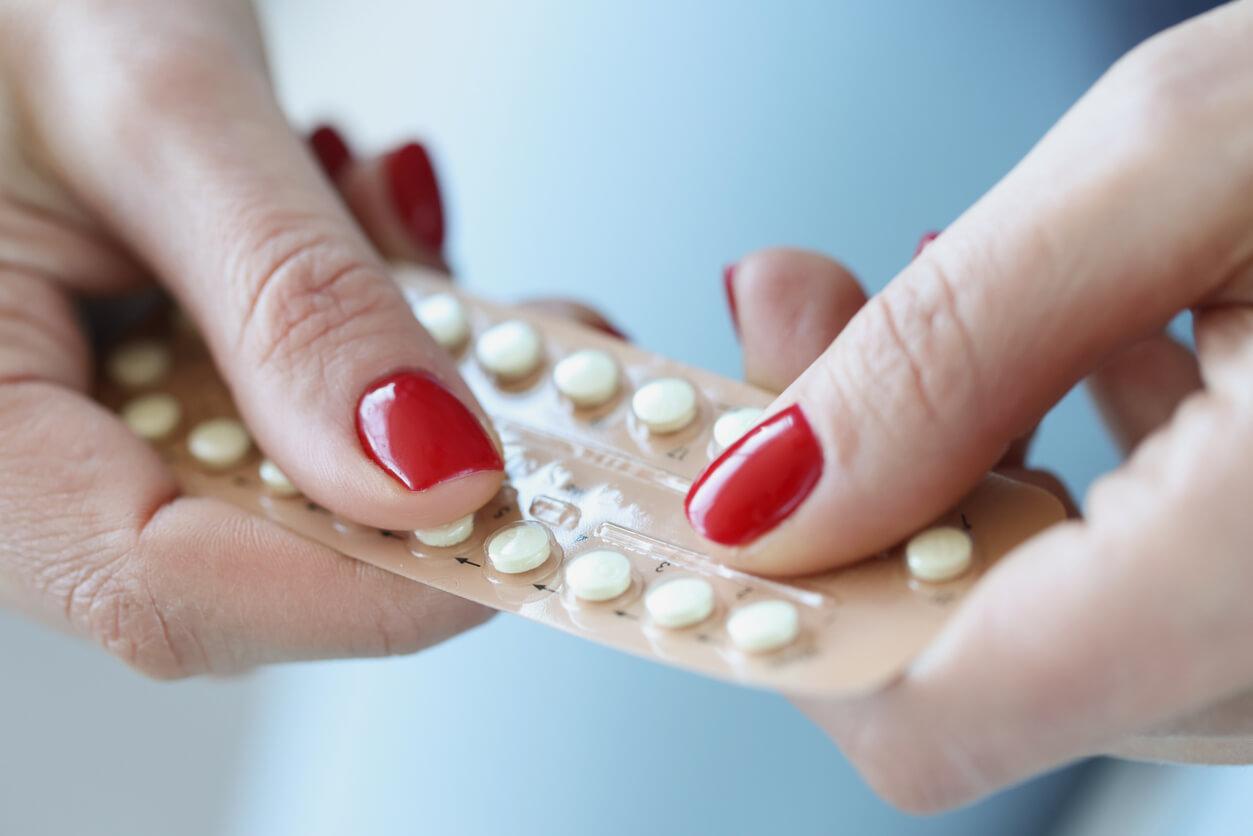
Birth control pills are oral contraceptives used to prevent pregnancy. When taken correctly, birth control pills are 99% effective at preventing pregnancies.
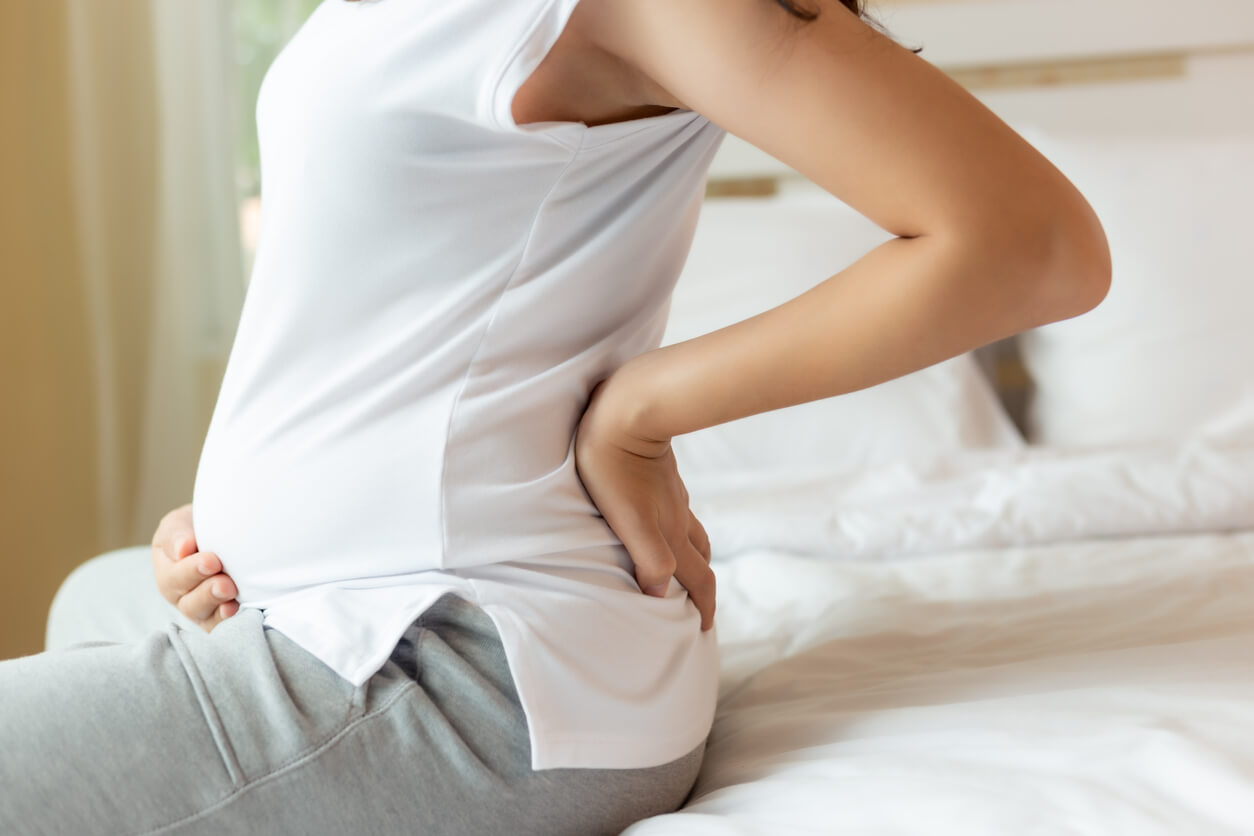
Struggling with back pain during pregnancy? Get tips from a doctor on how to relieve back pain.

There are a number of reasons why someone might want to hit the “snooze” button on their monthly menstrual cycle. Whatever the reason may be, it’s important to know how to safely delay your period and understand the risks involved.
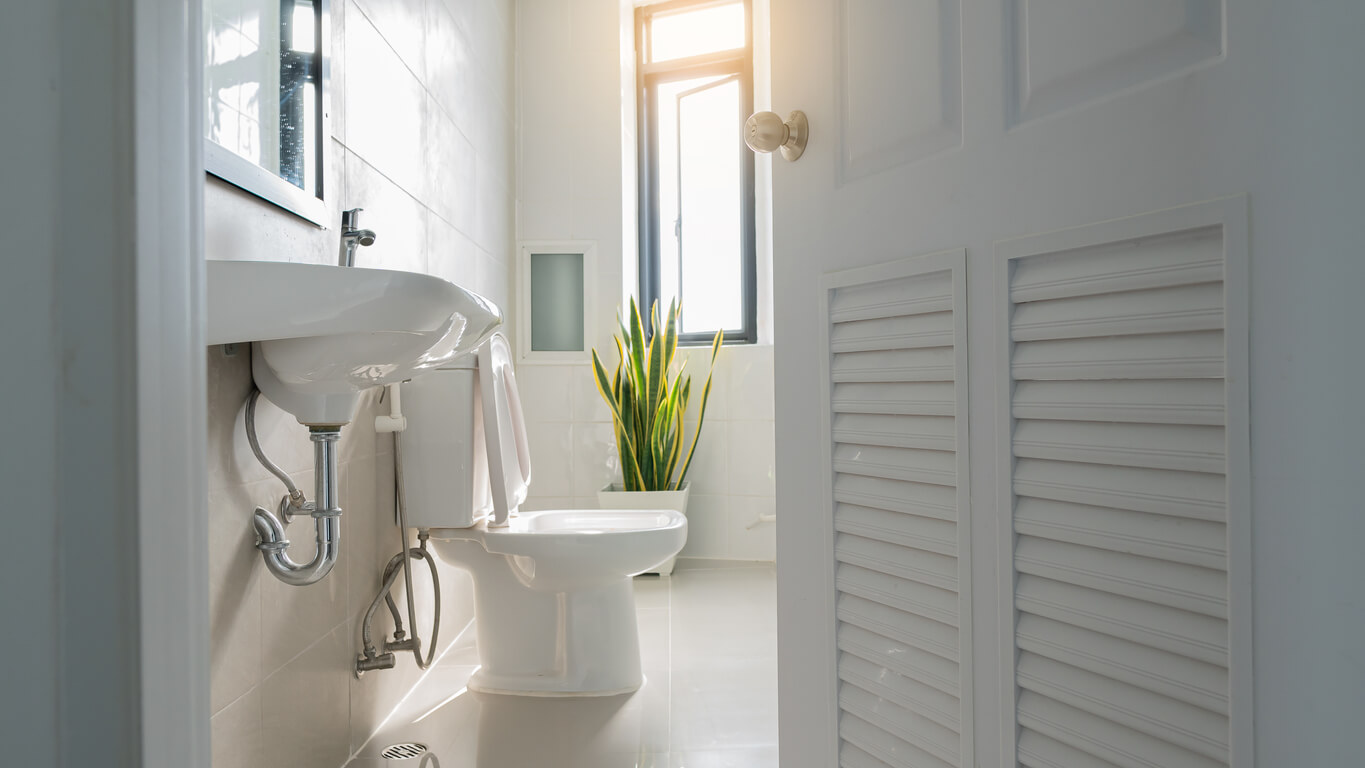
Overactive bladder syndrome (OAB) is a common medical condition that affects the urinary system. It is characterized by a frequent and strong urge to urinate, often accompanied by sudden, uncontrollable contractions of the bladder muscles.
